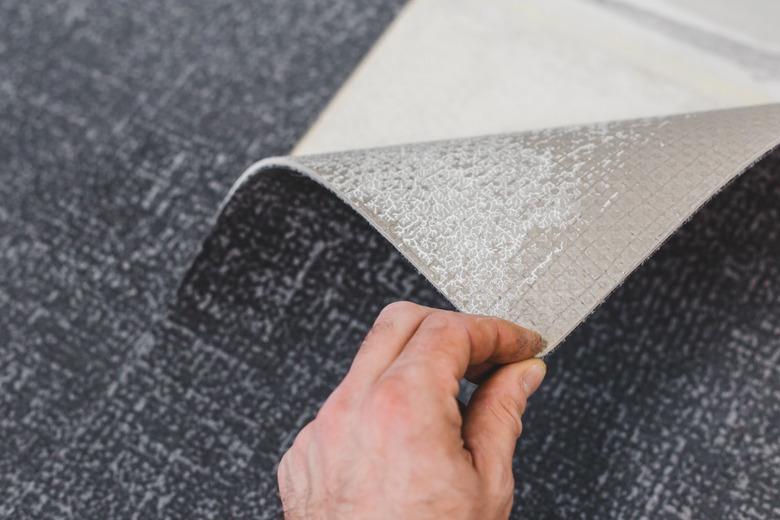How To Fix A Damaged Subfloor Under A Carpet
If you can feel a soft spot in the floor under the carpet, the subfloor has likely been weakened or damaged. This isn't the same as having a floor squeak when you step on it, which simply indicates that the subfloor isn't tightly fastened to the floor joist in one area. Instead, a dip in the carpet could mean that a floor joist has sustained water or termite damage or that the subfloor itself is rotten.
Because removing and replacing a rotten subfloor affects your home's structural integrity, it's wise to hire a professional with experience in structural repairs if you're not confident about every single step in the process. It's especially crucial to seek a pro if you discover that the floor joists or wall studs have also been damaged.
Diagnosing the Root of the Problem
Before fixing the subfloor under the carpet, you'll need to figure out why the subfloor became damaged in the first place. Usually, water is the culprit, in which case the source of the water leak must be identified and fixed or you could end up with the same problem down the road. Water can leak through windows or roofs, but it can also damage the floor from below if the crawlspace is often damp.
Fixing Subfloor Under Carpet: Demolition
There's no way to fix the subfloor under carpet without pulling up the carpet. Your contractor will start in the corner of the room and use a flat pry bar to get the edge of the carpet up off the tack strips and to remove the tack strips themselves.
Next, the flooring expert will carefully knock out the rotten subfloor and use a circular saw to clean up the edges. This has to be done with a precise blade height to avoid damaging any wires, pipes or vents under the floor. The contractor will finish up by trimming the subfloor near the wall with a reciprocating saw and pulling up all nails from the floor joists.
Reinforce Floor Joists if Needed
If the subfloor was damaged, it's possible that the floor joists were damaged too. The contractor will remove the damaged sections and add supporting blocks of wood parallel and perpendicular to the affected floor joists to make sure the floor joists remain strong. Your contractor will also check to make sure the floor joists aren't sagging and are level. This will ensure the final subfloor is level as well.
Laying the Subfloor Panels
According to an instruction YouTube video uploaded by Lowe's, you have four main options for choosing your subfloor: particleboard, oriented strand board, untreated plywood and untreated tongue-and-groove plywood. Your choice will depend on your budget and any performance preferences, like fast drying or slow absorption in the case of spills.
Once the contractor has your preferred subfloor panels, he or she will lay out as many full-panel sheets as possible, staggering the seams for added strength, and cutting the remaining panels to fit where needed. It's important to choose a contractor with flooring experience to make sure the panels are never cut too small, don't sit on a floor joist on all sides, or sit tightly against each other. All of these seemingly minor mistakes will affect the integrity and performance of your floor.
To secure the panels, a special subfloor adhesive will be added to the floor joists, and each panel will also be nailed down anywhere it touches a floor joist. Using both adhesive and nails will prevent squeaky floors in the future. Once all the subfloor panels are secured, your contractor can begin the process of installing the carpet. Then, the floor will be ready to once again handle the weight of furniture and daily foot traffic.
